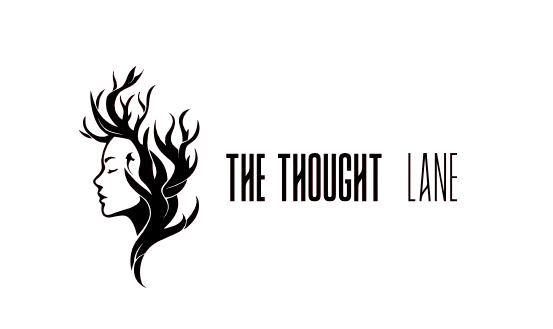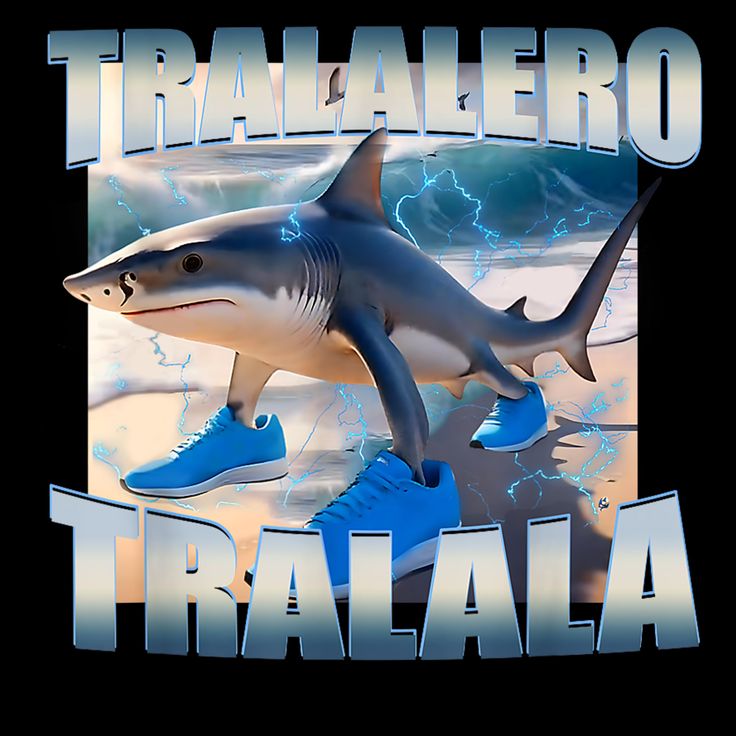Tralalero Tralala might sound like something pulled from a nursery rhyme, but this unusual name belongs to a powerful and deeply rooted musical tradition from Genoa, Italy. Known for its rich vocal harmonies and lively rhythms, Tralalero Tralala has captured the attention of musicians, scholars, and audiences around the world.
But why now? Why is this centuries-old art form suddenly in the spotlight?
In this article, we dive into 10 surprising reasons why Tralalero Tralala is experiencing a global resurgence—and why you might soon find yourself humming along.
1. Tralalero Tralala Revives Forgotten Sounds
In an era dominated by digital music and electronic beats, Tralalero Tralala stands out for one key reason: it’s entirely vocal. No instruments. Just pure, layered human voices creating rich harmonies. For many, it’s a refreshing return to something real, raw, and emotionally resonant.
This unique soundscape, built entirely on breath and harmony, feels both ancient and fresh—an odd contradiction that gives Tralalero Tralala its distinct edge in today’s music scene.

2. The Internet Discovered Tralalero Tralala
Platforms like YouTube and TikTok have played an unexpected role in spreading the magic of Tralalero Tralala. Clips of traditional performances—once buried in cultural archives—have surfaced and gone viral. These short videos, often featuring older men in coordinated harmony, resonate deeply with younger viewers looking for authenticity.
Comments like “this gives me goosebumps” or “why is no one talking about this?” are now common under videos tagged with #TralaleroTralala. It’s clear that even a small clip can spark worldwide fascination.
3. Tralalero Tralala Is Purely Vocal Polyphony
Polyphony—multiple, independent melodies sung at once—is no easy feat. Yet Tralalero Tralala masters this with a casual brilliance that even trained musicians find hard to replicate. Each group typically includes:
- A tenor
- A contralto
- A baritone
- A bass
- A vocal part that imitates guitar
Each part weaves around the others to build a full, orchestra-like sound using only the human voice. For modern ears, the effect is hypnotic.
4. It’s a Cultural Treasure Rooted in Genoese Identity
Tralalero Tralala isn’t just music; it’s an embodiment of Genoa’s history and soul. It was born in the port city’s working-class neighborhoods, often sung by dockworkers after long shifts. These songs carried stories of struggle, hope, and humor. Through them, entire generations expressed their identity, pride, and resilience.
Today, Tralalero Tralala acts as a living museum—preserving the stories of a place and its people through harmonies that span centuries.

5. The Phrase “Tralalero Tralala” Isn’t Just Nonsense
Despite sounding playful, “Tralalero Tralala” carries meaning. The repeated syllables act as rhythmic placeholders or embellishments. Much like “fa la la” in English madrigals or “doo wop” in early rock, these sounds energize the song without distracting from its message.
They also serve a practical function: keeping singers in sync when improvising harmonies. This blend of fun and function makes the name itself an integral part of the experience.
6. UNESCO May Add Tralalero Tralala to Its Intangible Cultural Heritage List
Cultural advocates in Italy have formally submitted Tralalero Tralala for UNESCO recognition. If accepted, this would mean more funding, preservation efforts, and global exposure.
The nomination argues that Tralalero Tralala represents a “living expression of community solidarity.” If accepted, this obscure style might soon join the global ranks of traditions like Flamenco, Kabuki, and Georgian polyphony.
7. Modern Artists Are Inspired by Tralalero Tralala
Several musicians are now sampling Tralalero Tralala in unexpected genres—from ambient to electronica. Italian experimental artists, indie bands, and even international DJs are taking vocal snippets and weaving them into new compositions.
For example, the group “Harmonic Sea” released an album featuring digitally layered Tralalero Tralala recordings, merging old and new in a mesmerizing blend. Spotify listeners have described the sound as “ancient yet futuristic.”
8. You Can Learn Tralalero Tralala Online
In the past, learning Tralalero Tralala meant living in Genoa and joining a local singing group. But now? Anyone with an internet connection can begin. Platforms like YouTube and Udemy offer:
- Free vocal warm-ups
- Translated lyrics
- Sheet music
- Tutorials from actual Genoese performers
This accessibility has allowed Tralalero Tralala to reach far beyond Italy’s borders—sparking new interest in the U.S., Japan, Australia, and beyond.

9. Tralalero Tralala Builds Community
One of the most beautiful things about Tralalero Tralala is how it brings people together. Performances are rarely solo acts. Groups rehearse for months, often bonding like family. Audiences frequently join in by clapping, singing, or simply enjoying the collective energy.
This sense of shared experience is rare in today’s isolated, digital world. Tralalero Tralala provides connection, collaboration, and cultural unity—all through song.
10. Tralalero Tralala Is Fun, Irreverent, and Powerful
Finally, Tralalero Tralala is just plain fun. The name alone brings a smile. The rhythms are infectious. The harmonies are lush. The energy is contagious.
Yet it also carries emotional depth—telling stories of love, loss, humor, and humanity. It dances between the light and serious, offering something for everyone.
That rare balance of levity and meaning is what makes Tralalero Tralala unforgettable.
The Unexpected Global Rise of Tralalero Tralala
What started as a regional folk tradition now resonates with audiences across continents. Part of this is timing—people are hungry for authenticity, tired of algorithmic music, and open to cross-cultural discovery. But it’s also because Tralalero Tralala is timeless.
It’s raw yet refined. Local yet global. Playful yet profound.
In an age where so much art feels processed and polished, Tralalero Tralala reminds us that the human voice alone can be transcendent.
Where to Experience Tralalero Tralala Live
Genoa’s Annual Maritime Festival
A celebration of sea, song, and story, this festival is the heart of Tralalero Tralala. Local groups perform throughout the city, turning every street into a stage.
La Scuola di Canto Popolare
This vocal school offers masterclasses in Tralalero Tralala. Students of all backgrounds are welcome, and classes are often streamed online.
International Folk Music Conferences
You’ll find Tralalero Tralala making surprise appearances at global folk events—from Berlin to Buenos Aires.
FAQs About Tralalero Tralala
Q: Is Tralalero Tralala only sung in Italian?
A: Yes, traditionally—but new translations and phonetic guides make it accessible to non-native speakers.
Q: How old is this tradition?
A: Historians trace it back at least 200 years, though its roots may stretch even further into Genoa’s maritime past.
Q: Can women perform Tralalero Tralala?
A: While originally male-dominated, modern groups now include women, enriching the sound and breaking old norms.
Final Words: Don’t Miss the Magic of Tralalero Tralala
If you’ve made it this far, you’re no longer a stranger to Tralalero Tralala. You’re now part of its global revival. Whether you decide to watch a performance, try a singing lesson, or simply share a video with a friend—you’re helping preserve a tradition that deserves the world’s stage.
So go ahead, say it aloud.
Tralalero Tralala.
It’s more than a melody.
It’s a movement. https://www.youtube.com/watch?v=mKVJqx8Nk2Y



